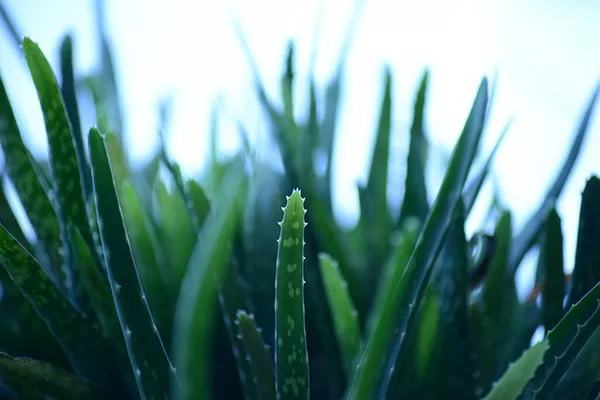Succulents are renowned for their ability to thrive in arid conditions, making them ideal outdoor plants for regions with mild winters. However, even these hardy plants can face challenges during the colder months. In this article, we will explore essential strategies to keep succulents alive and healthy during winter when they are grown outside. With proper care, you can ensure your succulents not only survive but flourish through the chilliest of seasons.
Choose Cold-Resistant Varieties
Before delving into winter care tips, it is crucial to start with the right succulent species. Some varieties are naturally more tolerant of cold temperatures, such as Sempervivum (hens and chicks), Sedum, and certain types of Agave and Echeveria. When selecting succulents for your outdoor garden, opt for cold-resistant species that can withstand freezing temperatures without significant damage.
Monitor Watering Carefully
In winter, succulents experience reduced growth and go dormant due to shorter days and lower light intensity. Consequently, their water requirements decrease. Overwatering during this period is one of the most common mistakes that can lead to root rot and other issues.
When watering your outdoor succulents in winter, follow a “soak and dry” method. Allow the soil to dry out between watering sessions, typically every two to three weeks, depending on your climate. Always water in the morning to ensure excess moisture evaporates during the day, reducing the risk of freezing during the night.
Provide Adequate Drainage
Proper drainage is paramount for succulents, especially in winter. Prolonged exposure to excess moisture can lead to root rot and other fungal diseases. Ensure your outdoor succulents are planted in well-draining soil and containers with drainage holes. If planting directly in the ground, amend the soil with coarse sand or pumice to enhance drainage.
Mulch for Added Insulation
Mulching around your outdoor succulents can provide a layer of insulation, protecting the roots from freezing temperatures. Organic mulches, such as straw or pine needles, are excellent choices as they allow air circulation and gradually decompose, enriching the soil. Apply a thin layer of mulch around the base of the plants, keeping it away from the stems to avoid rot.
Choose the Right Location
Identify the best location for your outdoor succulents during winter. Choose spots with ample sunlight exposure, as succulents still require sunlight, even in their dormant state. Southern or southeastern-facing locations are preferable, as they receive the most sunlight during the day.
Additionally, try to place them in areas protected from harsh winds, which can exacerbate cold stress. Providing some shelter from the elements can make a significant difference in the survival of your succulents during the winter months.
Be Cautious with Frost Protection
In regions where frost is a concern, it is essential to protect your outdoor succulents from freezing temperatures. However, be cautious with the use of frost covers or plastic sheets, as they can trap moisture and lead to rot. Opt for breathable materials like frost cloth, burlap, or blankets that provide some insulation while allowing air circulation.
Minimize Fertilization
During the winter, succulents enter a period of dormancy, meaning their nutrient requirements decrease substantially. Refrain from fertilizing your outdoor succulents during this time, as it can stimulate new growth that is more vulnerable to frost damage. Save fertilization for the spring when the plants resume their active growth phase.
Watch Out for Pests
Winter can bring a decrease in beneficial predators, leading to an increase in certain pests that can harm your outdoor succulents. Keep a vigilant eye out for pests such as mealybugs and scale insects. If you notice any infestations, address them promptly using natural insecticides or by manually removing the pests.
Conclusion
With the proper care, outdoor succulents can not only survive but also thrive during winter. Remember to select cold-resistant varieties, monitor watering diligently, provide adequate drainage, mulch for insulation, choose optimal locations, and use appropriate frost protection when necessary. Additionally, be mindful of fertilization and pest control. By following these guidelines, you can ensure your outdoor succulents remain healthy and beautiful year-round, ready to greet the spring with renewed vitality.


